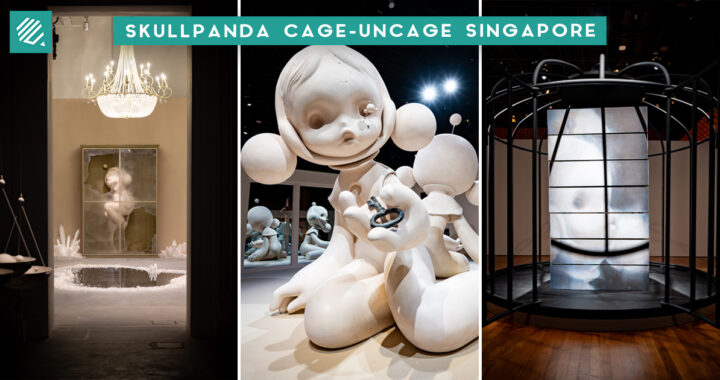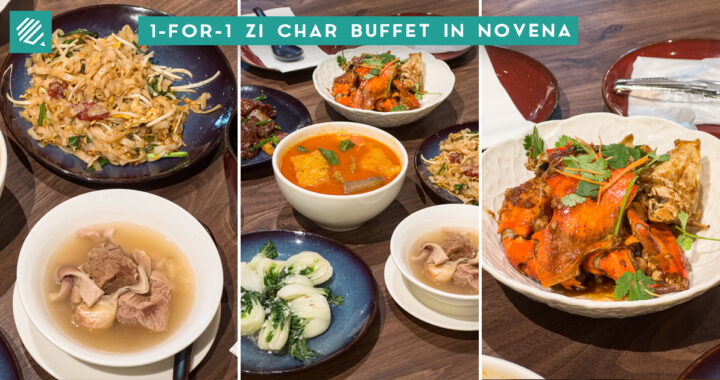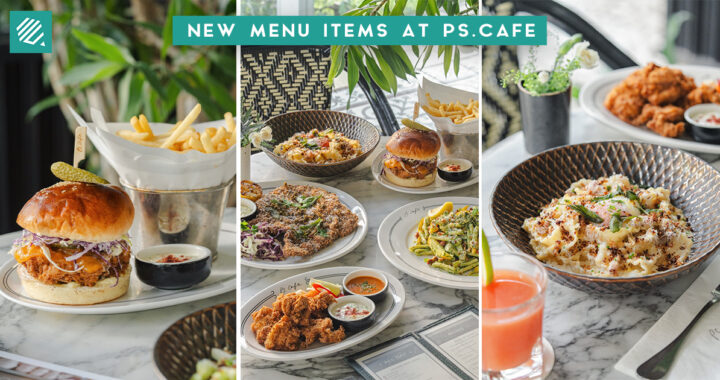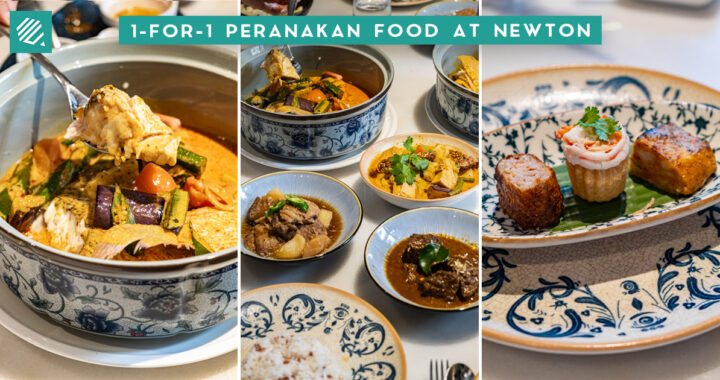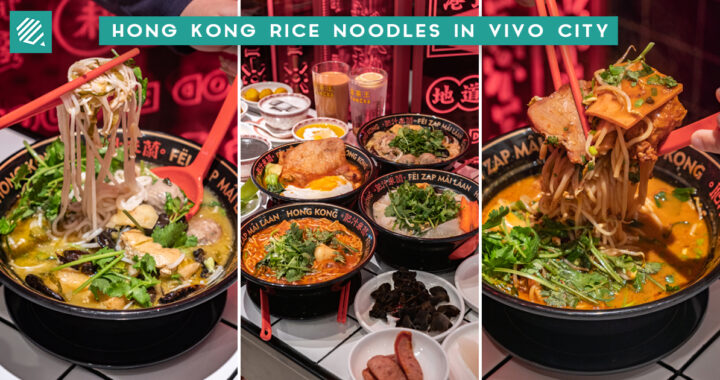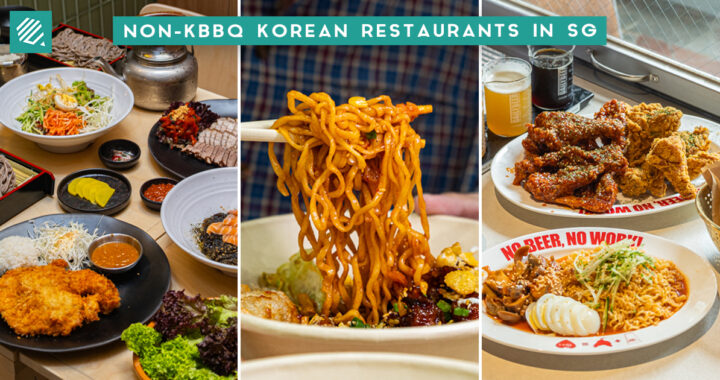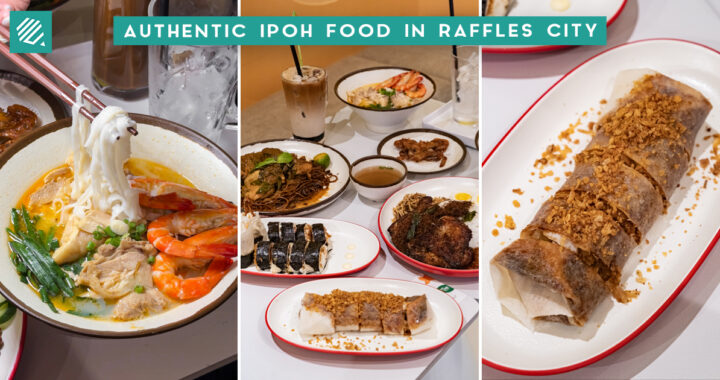Being one of the most widespread noodle dishes in all of Korea, Jjajangmyeon can be found on almost every major street in Korea. With Korea alone consuming about 1.5 million bowls of Jjajangmyeon per day, it is hands down one of the most popular dishes in the country.
Jjajangmyeon is so renowned (thanks to Korean dramas and Kpop), it is now a dish enjoyed not only by Koreans but people all over the world alike.
Here are 7 facts about Jjajangmyeon no one ever asked for:
#1: Jjajangmyeon Used To Be A Luxury
Jjajangmyeon is known for being an affordable and cost-effective dish to fill one’s stomach. A lesser-known fact about the distinguished jjajangmyeon is that it used to be a luxury dish that not everybody had access to.
Accredited to the low supply of flour in the country and Korea being relatively poor, a bowl of jjajangmyeon costs approximately 15 won, which is considered expensive at that point in time.
Therefore, it was a dish only to be enjoyed during special occasions such as graduations, birthdays and even children’s day.
#2: Jjajangmyeon Wasn’t Originally Supposed To Be This Dark
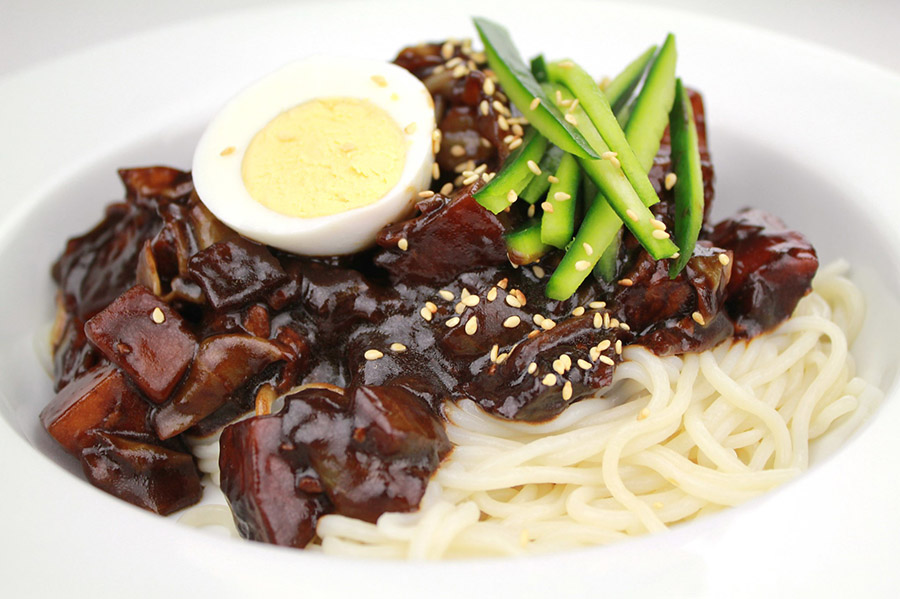
It was said that in the early 1900s, Chinese immigrants began settling in Incheon, a port city west of Seoul. Amongst the settling of immigrants, a Chinese restaurant named Gonghwachun emerged, serving Chinese zhajiangmian, which originated from the Shandong region in China.
Originally, the zhajiangmian initially served by the Chinese chefs in the early 1900s was made of fermented beans and tasted rather salty, which didn’t seem to suit the taste of the locals.
It was only later that they fine-tuned their recipe by adding caramel and grains, adding a touch of sweetness to the noodle dish. Attributed to the addition of caramel, what used to be a brownish noodle dish became much darker, transforming it into the jjajangmyeon that we all love today.
#3: There’s A Special Day Just For Jjajangmyeon
Who needs to be in a relationship when they’ve got a nice warm bowl of jjajangmyeon by their side?
Right after two straight months of holidays revolving around love, Valentine’s Day on February 14th and White Day on March 14th, April 14th is a day dedicated to celebrating singlehood, also known as Black Day.
Singles all over South Korea gather on this day to celebrate through the consumption of dark coloured foods such as the ever popular jjajangmyeon.
#4: Jjajangmyeon Is Also Eaten On Moving Day
Unlike the multitude of delivery services Korea has today, in the past, there were barely any restaurants providing delivery services. Therefore, locals usually order food such as jjajangmyeon from Korean Chinese restaurants as an easy, fuss free method of satisfying their hunger.
It is due to this accessibility, efficiency, and cost effectiveness that Koreans use to order jjajangmyeon as a quick and easy way to feed the moving staff and helpers during the shift in the olden days.
While this may not the origin of the custom, this was probably one of the reasons why eating Jjajangmyeon when moving became a norm.
#5: There Is A Jjajangmyeon Museum in Korea
Built in the original Gonghwachun building, the Chinese restaurant in Chinatown which is known to have developed Korea’s first Jjajangmyeon in 1905, lies the one and only Jajangmyeon Museum.
Standing two stories above the ground, the museum comprises of 846 square meters filled with history regarding the community, and lifestyle of Incheon as well as the origin and ingredients of Jjajangmyeon. It even showcases other Chinese dishes such as Jjamppong.
#6: There Is Also A White Version of the Jjajangmyeon
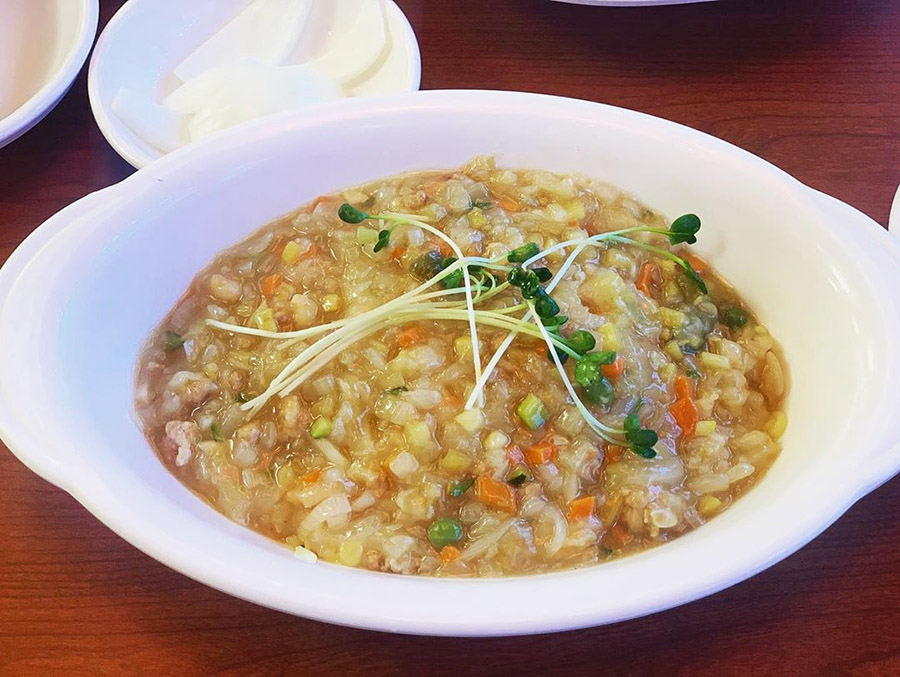
If you ever feared the dark coloured black bean sauce from the regular jjajangmyeon tainting your fabulous clothing, freight not. Popularised by the hit Korean variety show “Running Man”, from the heart of Incheon, Korea’s Chinatown is the white version of jjajangmyeon.
With it being so unique, one might think that it’s a fad selling on its novelty. However, this was simply not the case as it has received many positive reviews on its taste and flavour.
#7: Truffle Oil And Jjajangmyeon Is Delicious
When one thinks of truffle oil, the first thought that would come to mind would most likely be Italian cuisine, which is exactly why the combination of truffle oil and jjajangmyeon is such an anomaly.
Being featured on a program called “I Live Alone”, Hwasa of Mamamoo added truffle oil as well as egg yolks to instant jjajangmyeon.
Almost instantly after the episode aired, a battle for truffle oil broke out on online shops, with most stores starting to sell out during the broadcast. We guess the expression that truffle oil elevates every dish is true.
Craving for a bowl of Jjajangmyeon now? Well, we are.
*Follow MiddleClass.sg on Facebook, Instagram and Telegram for more food, travel and trending stories!

